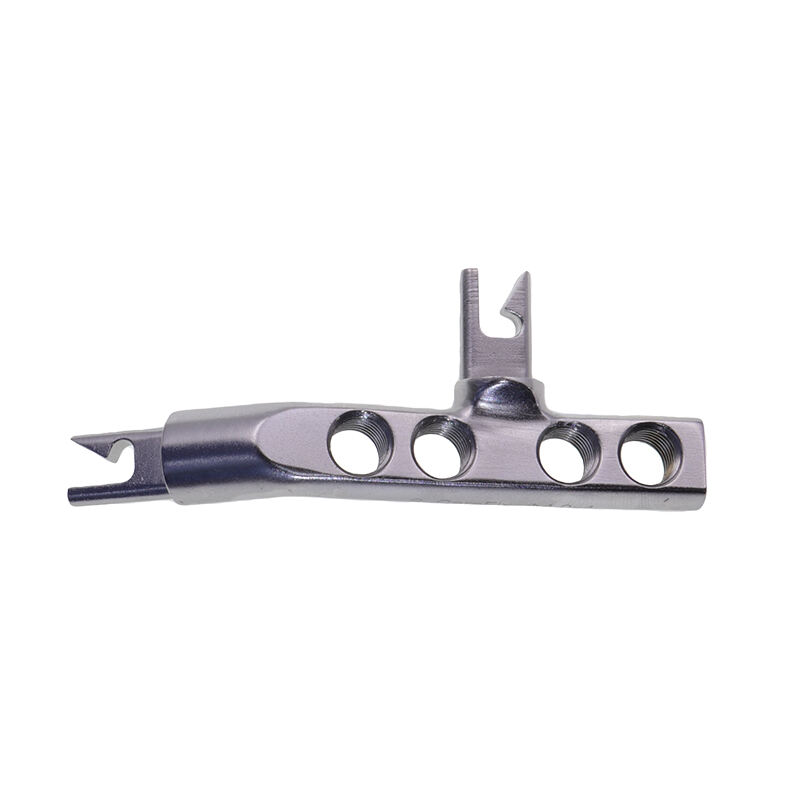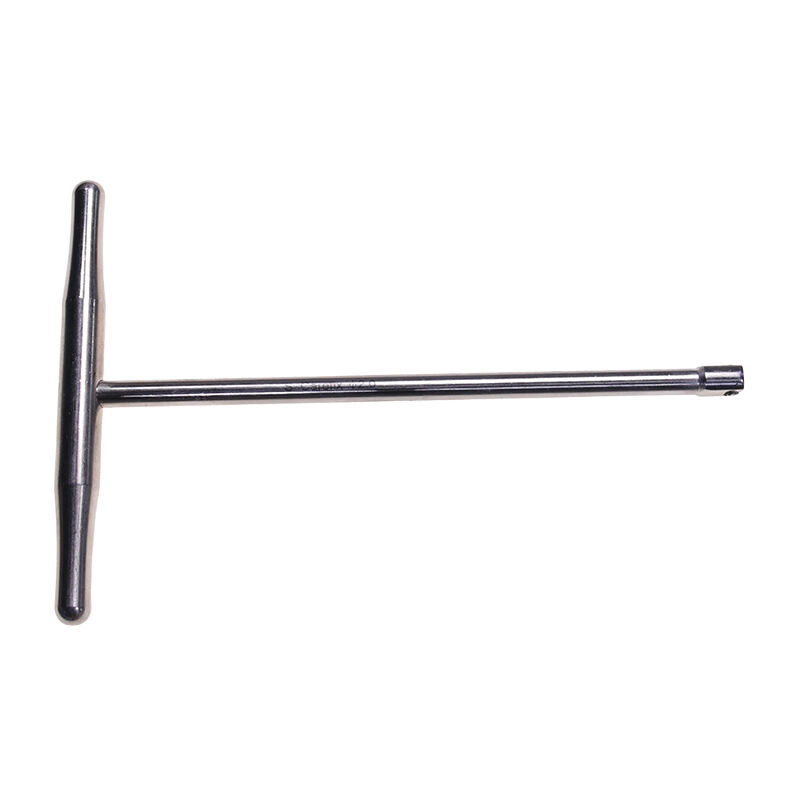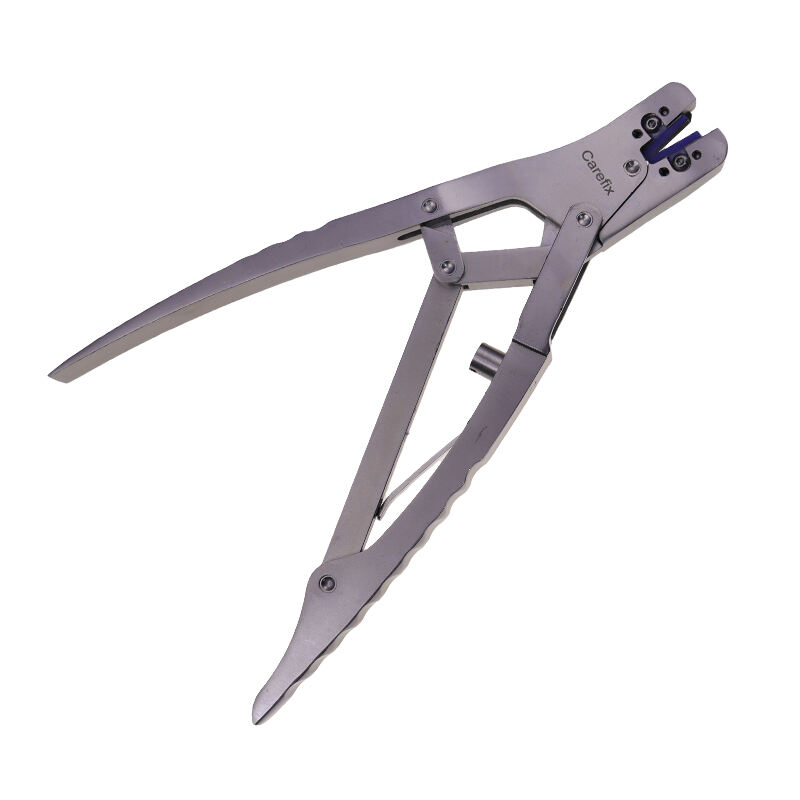orthopedic operation instrument
Orthopedic operation instruments represent a sophisticated suite of surgical tools specifically designed for musculoskeletal procedures. These precision-engineered instruments facilitate various orthopedic surgeries, from joint replacements to spinal procedures. The comprehensive set typically includes specialized cutting tools, drills, reamers, and positioning guides manufactured from medical-grade stainless steel or titanium alloys. These instruments feature ergonomic designs that enhance surgeon control and minimize fatigue during lengthy procedures. Advanced coating technologies provide superior wear resistance and ensure optimal performance throughout multiple sterilization cycles. The instruments incorporate precise measurement capabilities, allowing surgeons to achieve accurate bone cuts and implant positioning. Modern orthopedic instruments often integrate with computer-assisted navigation systems, enabling real-time guidance and improved surgical accuracy. Many sets include modular components that can be customized for specific procedures or patient anatomies. The instruments undergo rigorous quality control processes to meet international medical device standards and ensure patient safety. Additionally, these tools feature specialized surface treatments that reduce glare under operating room lights and provide enhanced grip stability during use. The design prioritizes efficient instrument handling and quick assembly during procedures, contributing to reduced operating times and improved surgical outcomes.


